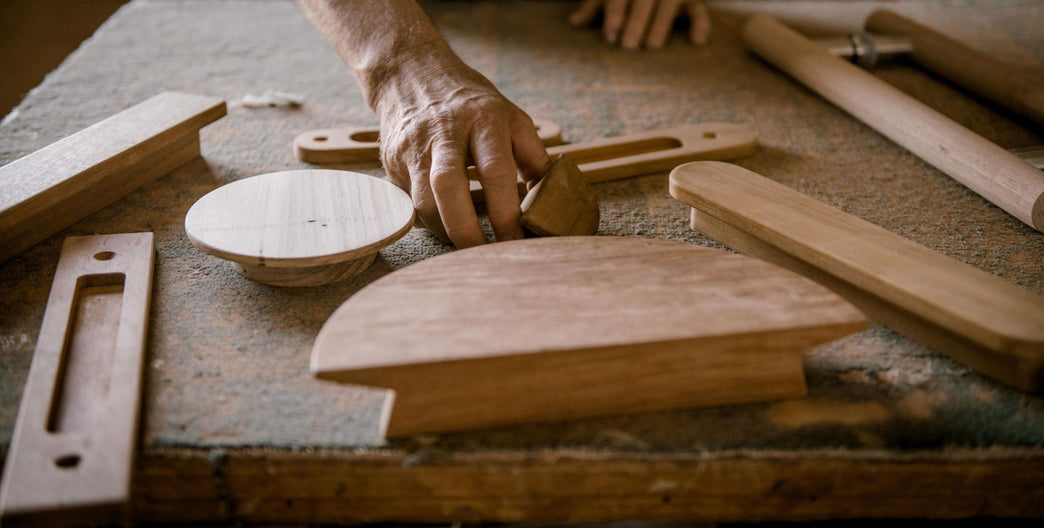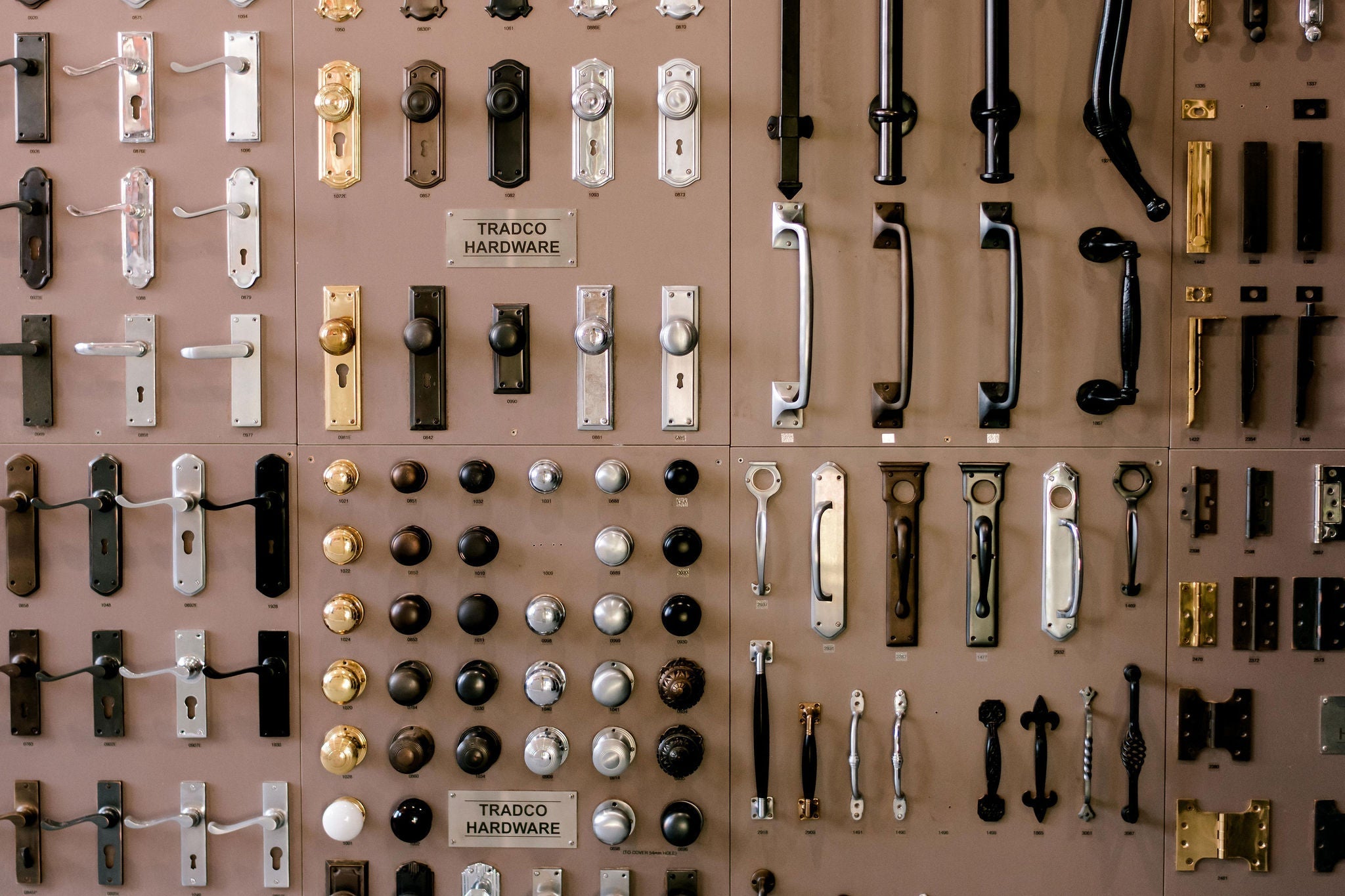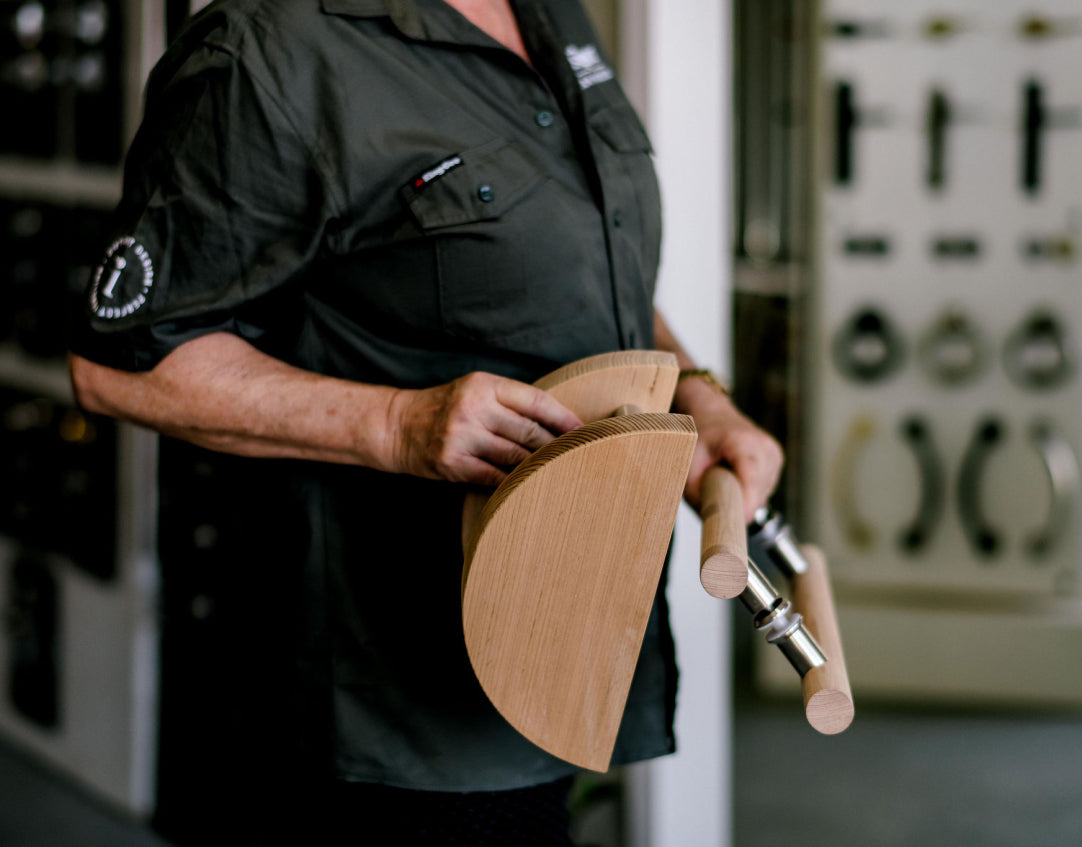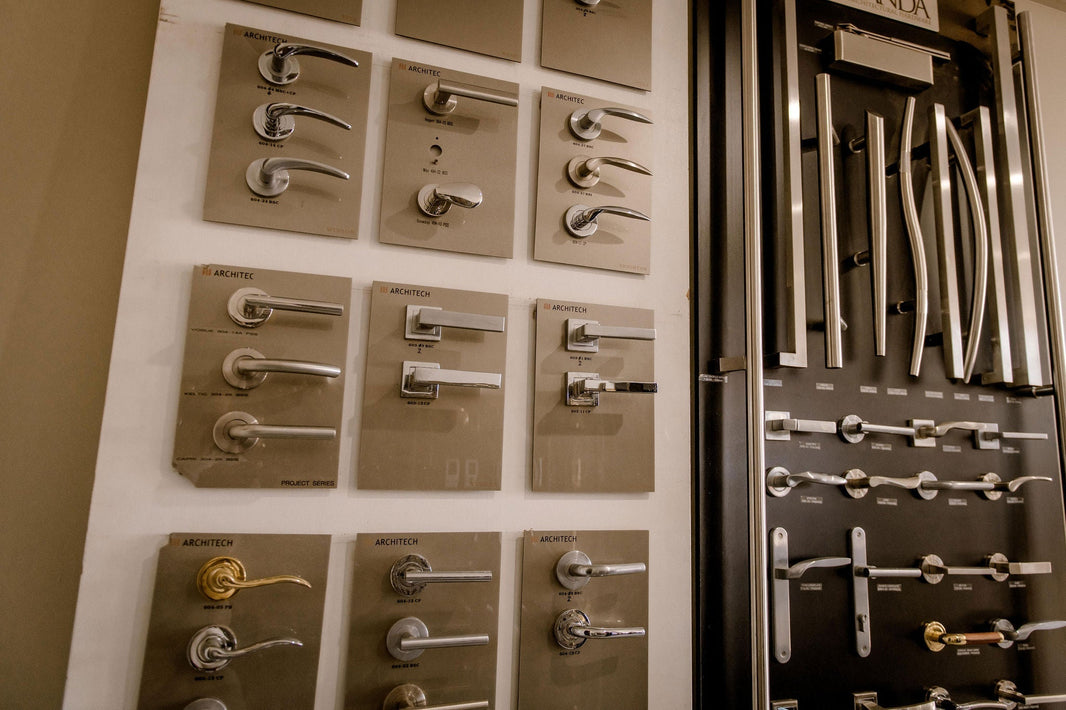A faulty door handle can be a frustrating inconvenience, whether it’s loose, stuck, or refusing to function altogether. Luckily, most door handle issues can be resolved quickly with a bit of know-how and some basic tools. Fixing your door handle not only restores its functionality but also prevents further damage to your door.
Common Door Handle Problems
Before diving into the repair process, it’s important to identify the specific issue with your door handle. Here are some of the most common problems homeowners encounter:
Loose Door Handle
Over time, screws can become loose, causing the handle to wobble or detach from the door entirely.
Stuck or Jammed Door Handle
Dirt, debris, or wear and tear in the internal mechanism can cause the handle to stick, making it difficult to turn or open the door.
Broken or Malfunctioning Internal Mechanism
The spindle or latch mechanism inside the door handle can wear out or break, preventing smooth operation.
Worn-Out or Stripped Screws
Frequent use can lead to screws becoming stripped or unable to secure the handle tightly.
Understanding the problem will help you determine whether a simple adjustment or a part replacement is needed, setting the stage for a smooth repair process.
Tools You’ll Need to Fix a Door Handle
Before you start repairing your door handle, it’s essential to gather the necessary tools and materials. Having everything on hand will make the process smoother and save you time.
Essential Tools
Screwdriver
A flathead or Phillips screwdriver is often required to tighten screws or remove the handle assembly. Check the type of screws on your door handle to select the appropriate screwdriver.
Allen Key (Hex Key)
Some door handles, especially lever handles, use hex screws that require an Allen key for adjustments or removal.
Lubricant
A multi-purpose lubricant like WD-40 is helpful for loosening stuck or jammed parts and ensuring smooth operation.
Replacement Parts
If any components are damaged, such as springs, screws, or latches, make sure to have compatible replacements ready.
Optional Tools
Needle-Nose Pliers
Useful for gripping or adjusting small parts inside the handle mechanism.
Cleaning Supplies
A cloth or small brush to remove dirt and debris that may be causing issues with the handle’s operation.
Drill (for Damaged Screw Holes)
If screw holes are worn out or stripped, a drill with wood filler or a dowel can help repair the mounting surface.
Step-by-Step Guide: How to Fix a Door Handle
Repairing a door handle may seem intimidating, but with a clear step-by-step process, it’s simpler than you think. Follow these instructions to fix common door handle issues.
Step 1: Identify the Problem
- Loose Handle: The handle wiggles or rotates without engaging properly.
- Jammed Handle: The handle sticks, or the latch doesn’t retract fully.
- Broken Parts: Visible damage, missing screws, or a malfunctioning latch.
Step 2: Gather Your Tools
Ensure you have the following:
- Screwdriver (flathead or Phillips).
- Allen key (if applicable).
- Lubricant (e.g., WD-40).
- Replacement parts (springs, screws, or latch).
Step 3: Tighten Loose Screws
- Locate the screws on the handle or its mounting plate.
- Use the appropriate screwdriver to tighten each screw securely.For concealed screws, remove the cover plate by twisting it or prying it off gently.
- Test the handle to see if it’s now stable.
Step 4: Disassemble the Handle (If Needed)
- Remove the Handle: Unscrew any visible screws or use an Allen key for hex screws.
- Pull the handle away from the door gently.
- Inspect the Internal Mechanism: Look for dirt, debris, or damaged components like springs or latches.
Step 5: Clean and Lubricate
- Wipe away dirt or debris using a cloth or small brush.
- Apply a small amount of lubricant to the latch and moving parts to ensure smooth operation. Avoid over-lubrication, as this may attract dirt.
Step 6: Replace Damaged Parts
- Inspect for Worn Components: Common parts that may need replacing include screws, springs, or the latch.
- Install Replacement Parts: Ensure the new parts are compatible with your door handle model and secure them in place following the manufacturer’s instructions.
Step 7: Reassemble the Handle
- Reattach the internal components, ensuring proper alignment.
- Screw the handle back onto the door securely.
- Replace the cover plate, if applicable.
Step 8: Test the Door Handle
- Turn the handle and test the latch to ensure it moves smoothly.
- Close the door and check that the latch engages correctly with the door frame.
Additional Tips
- If the screws are stripped, use wood filler or a longer screw to secure the handle.
- For handles with locks, ensure the locking mechanism functions as intended after reassembly.
When to Call a Professional
While many door handle issues can be resolved with basic tools and a little patience, there are situations where professional help may be necessary.
The Lock Mechanism is Damaged
- If the door handle includes a lock that’s broken, jammed, or not functioning properly, a locksmith or door repair specialist can diagnose and fix the problem.
- Advanced lock repairs may require specialised tools and expertise to ensure security.
The Door Handle Cannot Be Removed
- Stubborn screws, rusted components, or concealed fittings can make it difficult to disassemble the handle.
- A professional can remove the handle without causing damage to the door or its surrounding hardware.
Replacement Parts Are Unavailable
- If you’re unable to find compatible parts for your specific handle model, an expert may have access to specialised components or alternative solutions.
The Door Frame or Strike Plate is Misaligned
- Misaligned doors can cause the latch to malfunction or make the handle difficult to operate.
- A professional can adjust the door hinges, strike plate, or frame to restore proper alignment.
Custom or Antique Door Handles
- Vintage or custom handles often require unique repair techniques to preserve their look and function.
- Specialists experienced in antique hardware can handle these repairs delicately.
Structural Damage to the Door
- If the door itself is cracked, split, or otherwise damaged, fixing the handle may not resolve the root problem.
- A carpenter or handyman can repair or replace the door to ensure it supports the handle properly.
Restore Functionality and Style to Your Door Handles
With the right tools, guidance, and a little effort, fixing a door handle can be a straightforward task. Whether it’s a simple adjustment or a complete replacement, maintaining your door handles ensures they remain functional and stylish for years to come.
Ready to upgrade your handles or find high-quality replacements? Check out Designer Door Handles today for a stunning collection designed to suit any home.









